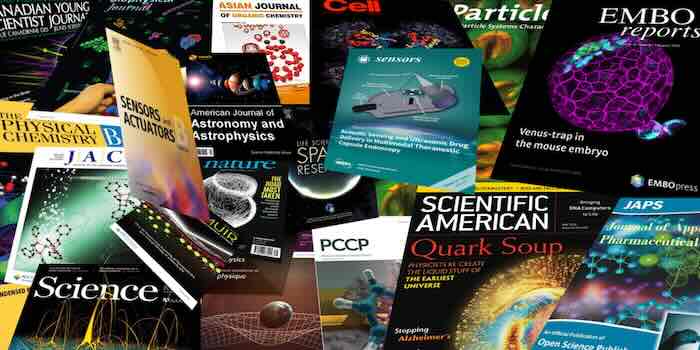By Jack Dini ——Bio and Archives--March 18, 2024
Global Warming-Energy-Environment | CFP Comments | Reader Friendly | Subscribe | Email Us

Scientific journals release the results of scientific studies in the form of papers which, we are told are reviewed prior to publication by peers-- fellow scientists in the field who are supposed to scrutinize the manuscript and ensure that bad science doesn't get a pass. A predatory journal only pretends to do so. It exists solely to make money. It's like a parasite on the back of the scientific endeavor. What it publishes is of questionable quality. (1)
The public discourse on predatory journals often errs on the side of simplicity. There are good journals, like Nature and Science, and there are predatory journals. The bad journals often come from developing nations.
Distinguishing good journals from bad ones is complicated. As with the distinction between science and pseudoscience, there is no clear line. Over the past few decades, a new movement gained devotees: open access. The idea was that open access publications should be free to be read by anyone, and these journals should make money in some way, often by charging the scientists themselves a fee for publishing, not for reading.
Predatory journals predate the rise of open access, but they benefited from the acceptability of charging authors money for publication. Predation was also facilitated by the Internet. To set up a predatory journal, you no longer had to print a magazine and ship it, you could simply set up a website. And given the recent surge in academics, more and more scientists need to publish than ever before. The demand is massive. Predatory journals are happy to lend a hand. (1)
All of this leads to far too many scientific papers being retracted from prestigious scientific journals because scientists fabricated or falsified data. Although no one defends scientific fraud, few recognize its long-lasting impacts on governmental policy and society. (2)
According to a 2022 study in the Netherlands, over the last three years, one in two researchers had engaged frequently in at least one 'questionable research practice', with 'not submitting or resubmitting valid negative studies for publication' being the most common practice. The fields of life and medical science had the highest prevalence (55.3%) of engaging questionable practices compared to other disciplines.
The Office of Research Integrity, Department of Health and Human Services, reports scientific fraud or research misconduct involves:
Here are some examples:
Four researchers created a fictitious sub-par scientist named Anna O. Szust (oszust is Polish for fraudster), and applied on her behalf for an editor position to 360 scholarly journals. Szust's qualifications were dismal for the role of editor, she had never published a single article and had no editorial experience. The books and book chapters listed on her resume were made-up, as were the publishing houses that published the books.
Support Canada Free Press

Forty of the predatory journals accepted Szust as editor without any background vetting and often within days or even hours. By comparison, she received minimal to no positive response from the control journals which met certain standards of quality, including ethical publishing practices. (4)
John Bohannon, a biologist at Harvard, submitted a version of a wonder drug paper to 304 open-access journals. More than half of the journals accepted the paper, failing to notice its fatal flaws. The paper, about a new cancer drug, included nonsensical graphs and an utter disregard for the scientific method. In addition, it was written by fake authors, from a fake university in Africa, and as a final flourish, changed it through Google Translation into French and back to English. (5)
Assistant zoology professor John Baldassarre at SUNY Oswego published a paper in a supposedly scientific journal of Iris Publishing with the following abstract: "Many people wonder: what's the deal with birds? Most other animals don't have feathers. To investigate this issue, I looked at some birds. I looked at a woodpecker, a parrot, and a penguin. They were pretty weird. In conclusion we may never know the deal with birds, but further study is warranted." The paper's acknowledgments: "We thank Big Bird from Seasame Street for comments on the manuscript. Several trained monkeys transcribed videos ."
Iris Publishing is part of a much larger problem of journals that publish low quality research for exorbitant fees. These journals will often spam scientists with requests for submission or asking them to be on the editorial boards. (6)
Cancer epidemiologist Geoffrey Kabat sums this up well:"The public and journalists, the consumers of information about health, need to be aware of something that researchers know well-- there is no study that is so dreadful that it cannot be published somewhere." (7)
If you're a consumer of science news, or just a curious person looking for information on nutrition or medicine, you have to learn how to spot junk science sources that are typically reliable and evaluate claims made by people who are usually trustworthy. Here are a few guidelines that can help.
View Comments
Jack Dini is author of Challenging Environmental Mythology. He has also written for American Council on Science and Health, Environment & Climate News, and Hawaii Reporter.